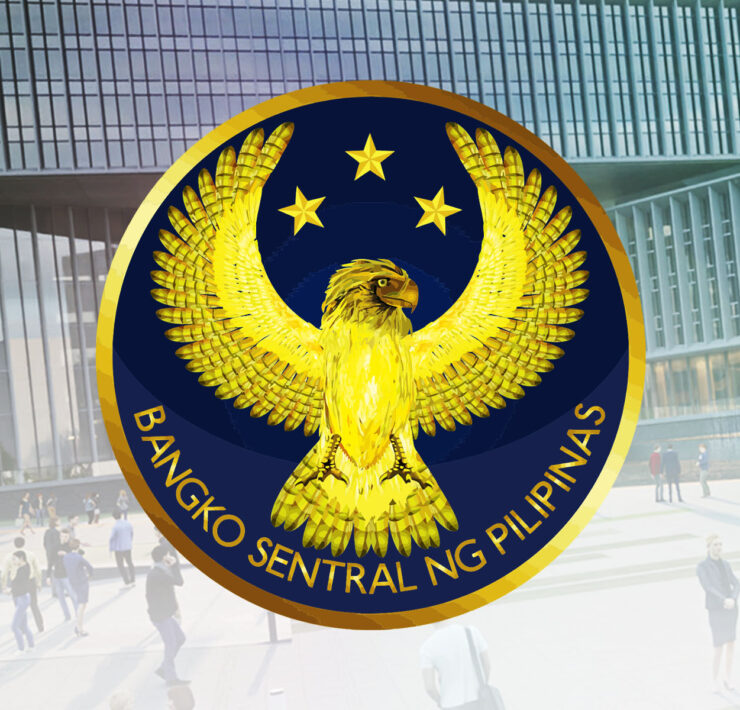June remittances rose to 6-mo high of $2.99B

Money sent home by Filipinos abroad climbed to a six-month high in June, lifted by a seasonal surge in transfers to cover tuition, uniforms and other school-related costs, according to central bank data.
Cash remittances coursed through banks rose 3.7 percent from a year earlier to $2.99 billion, the Bangko Sentral ng Pilipinas reported on Friday.
That was the largest monthly inflow since December 2024, when money transfers hit a record $3.38 billion.
The latest figure brought total inflows for the first half of the year to $16.75 billion, up 3.1 percent from the same period in 2024 and outpacing the central bank’s full-year growth forecast of 2.8 percent. The steady inflows are a boon for an economy where household consumption accounts for roughly 70 percent of output, and where remittances serve as a crucial lifeline for millions of families.
Seasonal patterns explain much of June’s jump, said John Paolo Rivera, a senior research fellow at the Philippine Institute for Development Studies. Every June, parents crowd wire-transfer counters to collect crisp bills earmarked for school expenses, a ritual as predictable as the start of classes itself.
“It reflects continued strong demand for Filipino workers abroad, especially in health care, construction and services in the US, Middle East and Asia,” Rivera said. “Seasonality, particularly mid-year education and household expenses, also likely contributed.”
But some economists see less cheerful forces at play. Leonardo Lanzona, an economics professor at Ateneo de Manila University, pointed to the possibility of debt-fueled consumption in the Philippines, which could be pushing overseas workers to remit more.
“The relationship between household debt and remittances forms a feedback loop: rising debt increases reliance on remittances, while dependence on remittances leaves households more exposed to economic shocks,” Lanzona said.
Looking ahead, external risks loom. Cid Terosa, a senior economist at the University of Asia and the Pacific, cited global trade tensions and geopolitical uncertainty as potential drags on remittance flows.





















